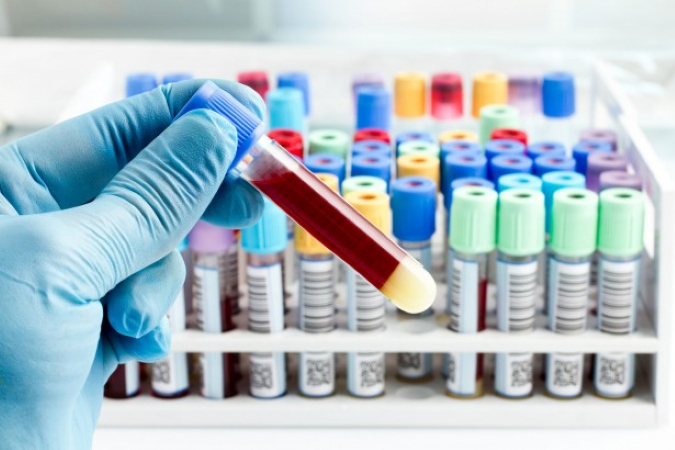23
Jul 2018
How Pathology Advancements Helped One Regional Hospital Tackle the Horror of 2017 Flu Season
Published in General on July 23, 2018

With flu season quickly approaching, doctors throughout Australia are working nonstop to educate healthcare workers and the general public as to the potential dangers inherent in contracting influenza. Last year, New South Wales was hit especially hard in the Illawarra region and so 2017 has gone down as one of the worst flu seasons on record in recent history. The following are some statistics recorded at Wollongong Hospital and how they stepped up pathology to deal with an alarming rise in patients presenting with flu-like symptoms.
Twice as Many Cases as the Previous Year
According to Peter Newton, Wollongong Hospital’s Clinical Director of Microbiology, there was a “significant increase in flu tests” in 2017. He further stated that putting everything in perspective, it is important to understand that Wollongong Hospital has a laboratory which is only medium sized. He confirmed figures that in 2016 pathology tested 2,816 patients whereas that number doubled to 5,518 tests in 2017. The number of tests run, as can be seen by those numbers, is roughly double those tests run the previous year.
Higher Incidences of Positive Results
Not only was the hospital able to run double the tests, but the number of positive results was higher as well. In 2016 the percentage of tests coming back positive averaged 16 percent while in 2017 the number of positive results equated to 24 percent. That is a huge increase over the previous year. Looking at it another way, in 2016 there were 16 positives out of every 100 tests run, but in 2017 there were 24 positive results of every 100 lab tests run.
How This Regional Hospital Handled Double the Case Load
Previously pathology was able to run only four tests per hour and had lab hours from 8am to 11:30pm during the week with the lab closing at 4:30pm on weekends. Just prior to flu season, the pathology lab decided to go on a 24/7 schedule in response to a state-wide initiative for rapid flu testing. They were able to handle double the number of tests to 8 per hour and trained what they labelled “multi-skilled” staff to run the tests during the evening and overnight hours.
Pathology a Critical Component of Accurate Diagnoses
Last year’s flu season put a tremendous strain on the health system in Australia as well as on the community as a whole. The only way to definitively determine if a patient has an influenza virus is through pathology lab testing. Not only does this help to treat the patients testing positive but pathology is vital in stopping the spread of influenza. Newton stated that the reason they were able to increase the number of tests being run was because of the upgrade in diagnostic technology the hospital invested in just prior to the onset of flu season.
After the horror of the 2017 flu season with record numbers of people contracting influenza, Newton urges the community to get their vaccinations and advises hospitals to be well prepared in case 2018 is another record-setting year.









